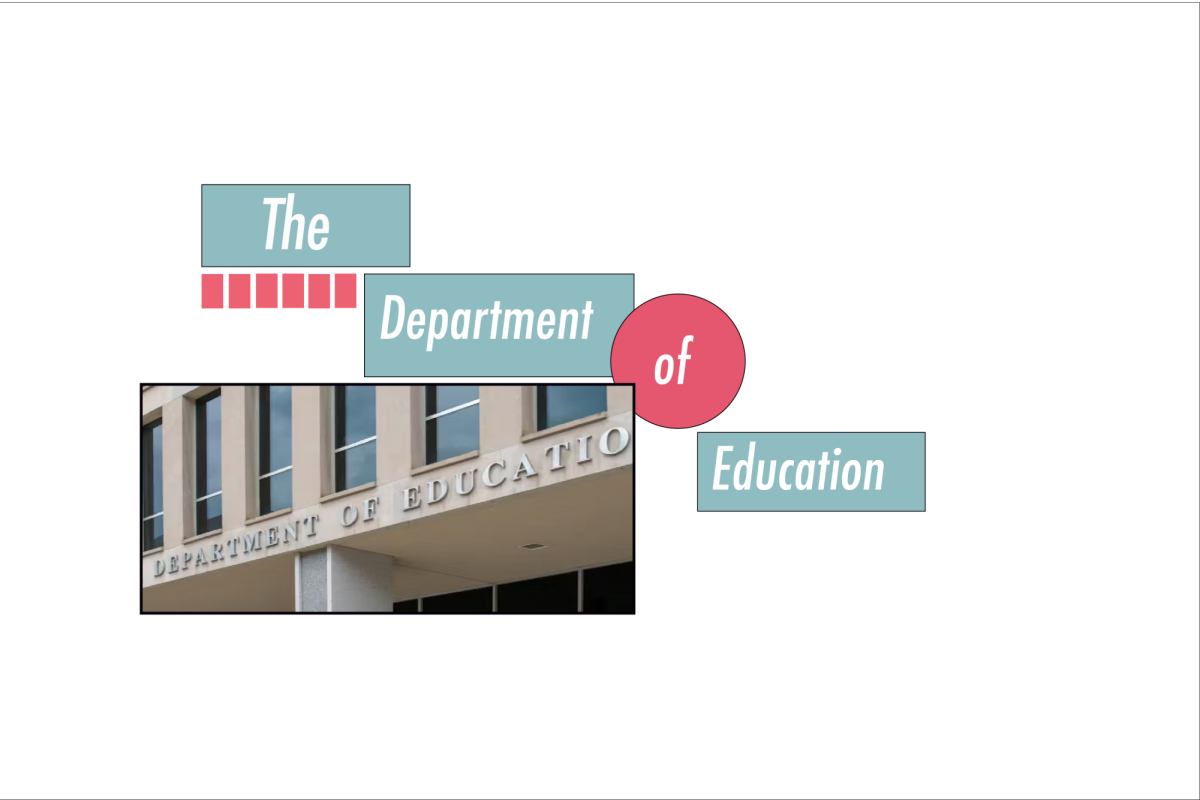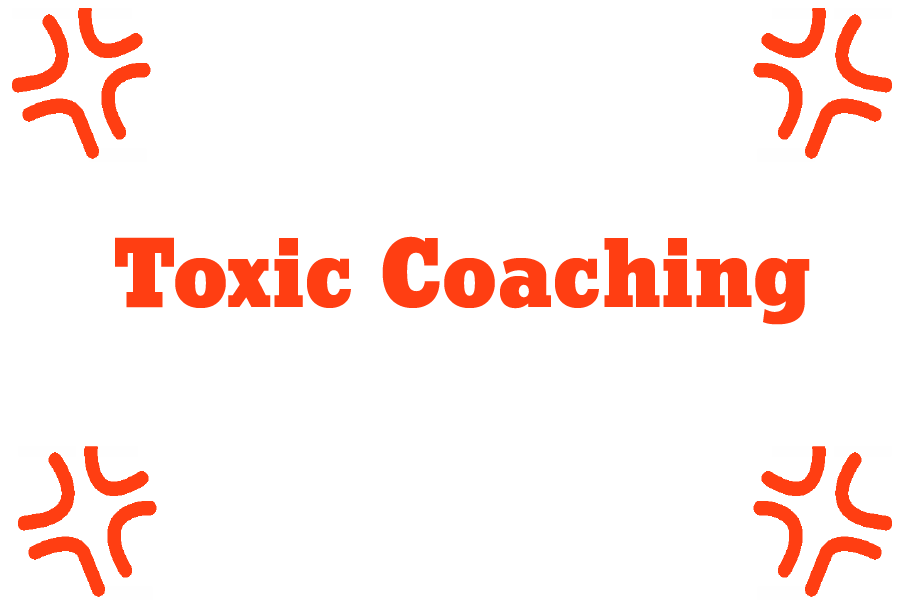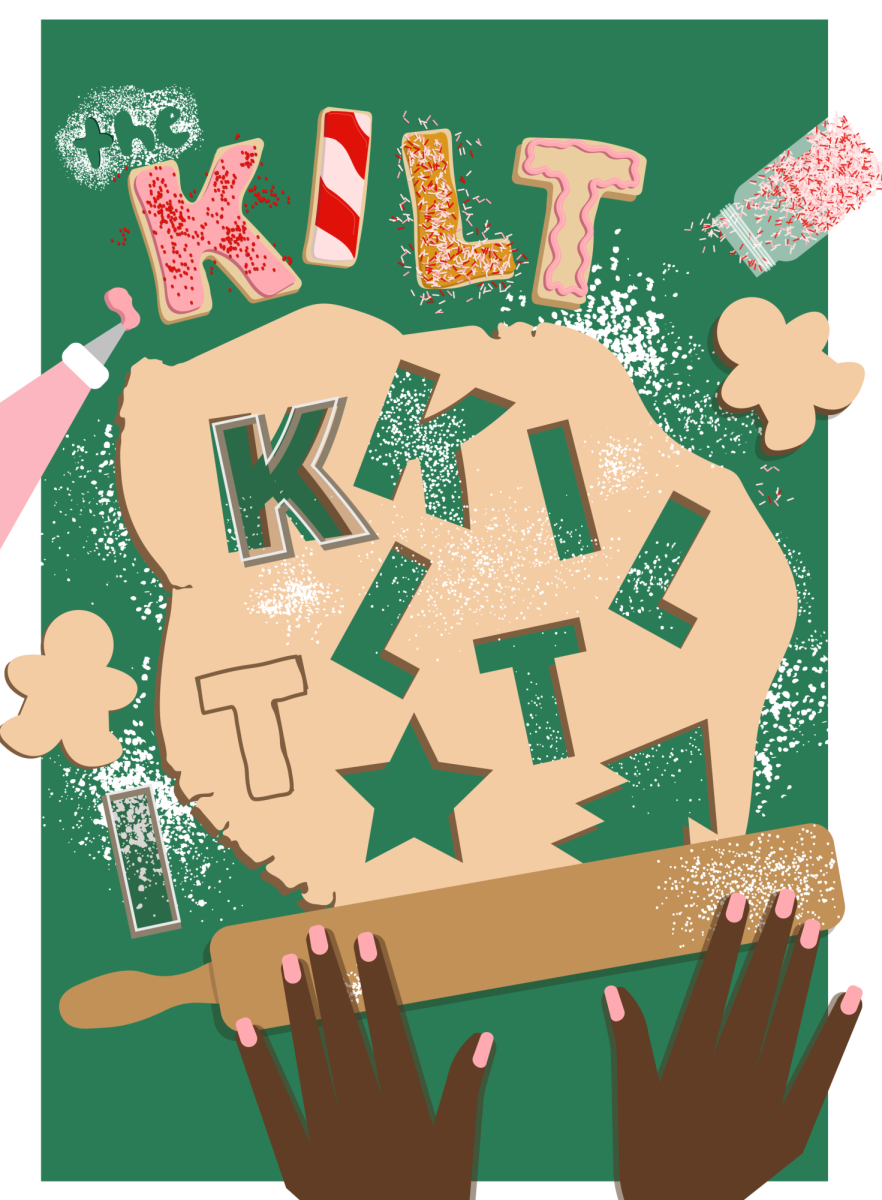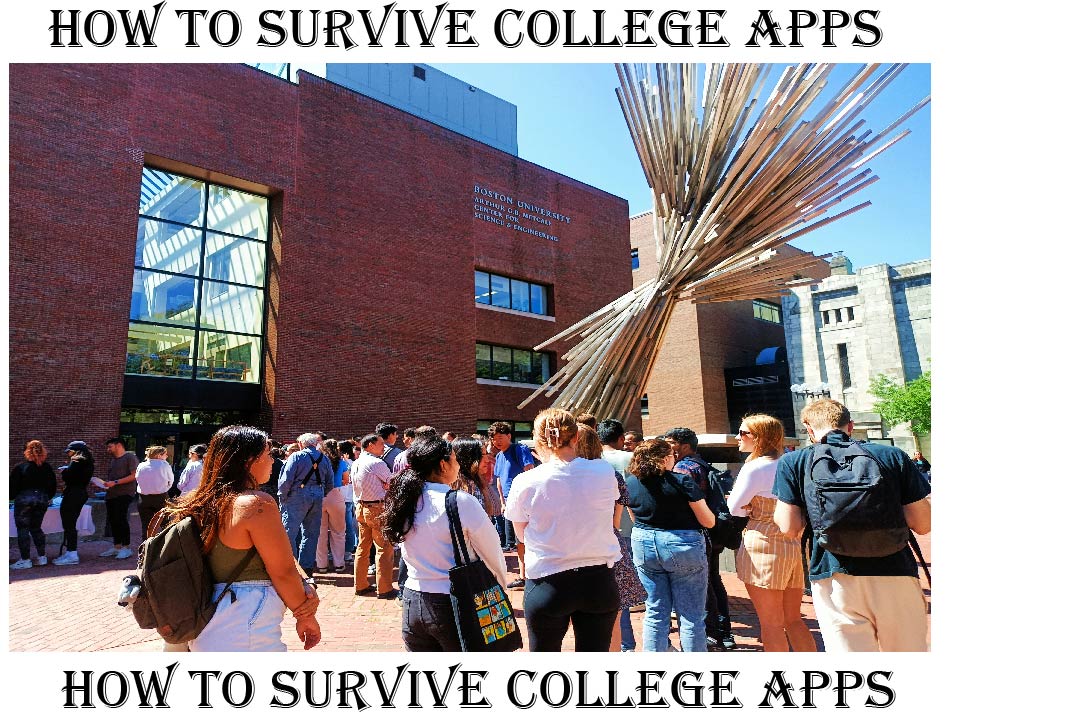Entering junior year, you have an expectation to grow in the rigor of your class work. Whether that means taking Running Start classes or AP courses. Rigor and challenge prepare us for obstacles that we are to face in the future, teaching us how to face and follow through with difficult tasks. Sometimes, it’s necessary to try a more challenging class load in order to grow academically and grow in your own self-esteem.
Running Start is not only about waking up later, staying at home, or watching TV. It may seem easy, but since when did the idea of college become easy? Don’t be fooled – Running Start is still college, and college can be hard.
What is Running Start?
Running Start is a Washington-based program available for Juniors and Seniors in high school. They are able to achieve dual credit from their chosen community or technical college, alongside earning their needed high school credits to graduate. It’s a statewide program that pays for your tuition at your chosen college and allows students to learn alongside other Running Start or adult students.
Why do people choose Running Start?
Many people choose Running Start as a way to have a more flexible schedule, which may involve waking up later or having fewer classes.
Other people, however, choose Running Start to pursue higher education here in high school, earning a good amount of college credits or even their Associate’s Degree (a two-year college degree). With that degree, they are able to shorten their time in their undergraduate studies in college if they choose to pursue so. The appeal is that many people are able to get more credits done, especially with our infamous trimester system, in a way that works for them. Choosing their own classes and being responsible for the work wholly teaches us lessons of accountability and responsibility as well – preparing us for the real world in the future.
What to avoid?
As stated before, many people choose Running Start for its appealing later start times. However, don’t underestimate college courses as you may in high school. Professors expect you to keep yourself accountable for finishing all your work and studying extra if necessary. Don’t fall into the trap that it’s easy because if you do, remember, these grades also go on your permanent college transcript.
Many people report drifting away from others or friends from school because they spend so much time away. It’s almost as if you had moved away to another school. Keep in touch with others, not just for the sake of not being lonely, but to find ways to connect with people outside of school.
Associate’s Degree
With an Associate’s Degree, you are able to shorten your time in your undergraduate studies in college. Even if you end up choosing a different pathway, separate from the traditional college route, you are still able to have a fair selection of careers with that degree. There are some additional requirements that an Associate’s Degree entails. Talk to a college advisor, and they should be able to help you plan out a certain schedule.
Potential Downsides
Running Start can definitely be beneficial from an academic perspective, but it’s also an independent one if you don’t reach out to others. If you choose to take asynchronous classes and are full-time, you may rarely see friends and may not be able to connect with people and school as much as before. Stay engaged in school activities, or at least keep up with friends because cutting yourself off from everyone can hurt your mental health.
Especially as you start to take more difficult classes, you may feel more stressed and overwhelmed. Reaching out to people and taking downtime is important for your mental health. Especially (different word) mixed with other responsibilities, such as sports, work, etc. It can be useful because it molds to your desired schedule, but it also adds up, and you can feel stressed, so remember to take breaks and have fun often!
Additionally, an issue that may come up is that if you choose to go to an out-of-state college in the future, some of these credits may not transfer completely. This is because Running Start is a Washington-State program (though other states may have similar programs available to them), so just be aware of that when choosing your classes), and look into potential college choices for you to see how that credit transfer would work (most colleges have an informational credit transfer guide on their website). However, if you end up completing an Associate’s Degree, most likely all your credits will be transferred since you have achieved that degree.
Think Ahead
Running Start is a great way to prepare you for college after high school. Thinking about a potential career is useful when thinking about which classes to take, such as getting some prerequisites done even before attending college. It shows colleges during an application process that you are choosing a more rigorous workload, appealing in such a competitive environment. If you are trying to achieve certain prerequisites or major requirements (for the future), check the equivalence of your desired college. Make sure you complete that certain ‘series/sequence’ of classes, or they won’t be transferred (and you may have to take them again in the future).
What type of learner are you? Is Running Start the best for you?
First things first, it’s important to know what type of learner you are. If you think you learn better with face-to-face interactions for help and questions, rather than learning from a virtual lecture or video recordings through a screen, in-person is the best option. On the other hand, if you feel that you work better independently and think you keep yourself accountable for not only the classwork but also on-your-own-time homework and studying, online is a possible option as well. And a mix of both of them would equal hybrid learning – some days in person, the rest online.
Many professors also post an announcement at the beginning of the week, where they outline the assignments to be completed and some tips for studying and spacing out the workload so you don’t procrastinate everything until the end. Take advantage of the help that professors supply, and don’t hesitate to reach out to them for help. They’re here to help you learn!
Pathways in Running Start
Ways that people choose to include Running Start in their lives can be full-time or part-time. Within those options, there are choices of taking in-person, hybrid (half asynchronous and half in-person), or asynchronous classes. Evidently, you can combine these options to create your desired schedule and workload, keeping in mind the best way you learn.
The maximum number of Running Start classes you can take is 3 (approximately 15 college credits, but about 3.0 high school credits).
Full-Time Running Start |
Part-time |
3 Running Start Classes (online, in-person, hybrid options available) |
1 Running start class, 3-4 high school classes |
2 Running Start classes, 1-3 running start classes |
Here are some outlines of an example schedule, but it’s adaptable to your desired schedule.
Summer classes can be available for students in the summer before and after their senior year, and most likely, these classes’ tuition would be covered by Running Start. However, check with the counselor to be sure. It can help you get closer to your Associate’s Degree, especially if you have a schedule during a school year that doesn’t allow you to complete all the requirements.
College VS High School/AP
There are options for taking college-level courses at high school, most infamously known as AP (Advanced Placement) or IB (International Baccalaureate) classes. Though IB classes aren’t available at Hazen, they are similar to the rigor of AP.
The retraction that AP specifically has for students is the looming 2-3 hour test in May. The courses take all the compiled information you have learned throughout the year, including a multiple choice section and a free-response section (with either a long essay and/or short answer questions).
Though the test score (1-5) doesn’t affect your grade in school, it does decide whether or not you achieve college credit. If you do achieve it, it should be transferable to most colleges in the US, but the downside is that if you don’t get a proficient enough score, you spent that whole year taking this class without that college credit, while you can get the same amount of credit in a quarter of Running Start classes (with a grade high enough to pass).
All college-level classes are difficult, don’t forget, but it’s just the way that it’s set up that you need to choose which you prefer. High school teachers are the ones teaching the college-level classes in school, so you get that level of understanding from them as a student that you don’t get in college. When professors are teaching material, you are treated as a college student with more expectations to manage your classwork than just a high school student.
As you can see, there are many options regarding Running Start. Choosing what you want to do is up to your future plans and desired schedule.
Tips:
- Talk to your counselor about what classes you want to take and if it’s possible to complete them or the series in that time
- Make sure you have the credits to graduate!
- Running Start does have additional fees, though tuition is covered
- Try asking your Running Start counselors for help, they are a better resource as they know more than High School counselors about college – they are here to help!
- Take classes similar to your friend if you want to take the same subject; this way you know someone in your class and have a study buddy!
- As said, there are fees with Running Start, but there is also financial aid and free and reduced lunch options if needed. Don’t take Running Start out of the question if you’re basing it solely on financial issues.
- Make sure you understand the class and time commitments.










































